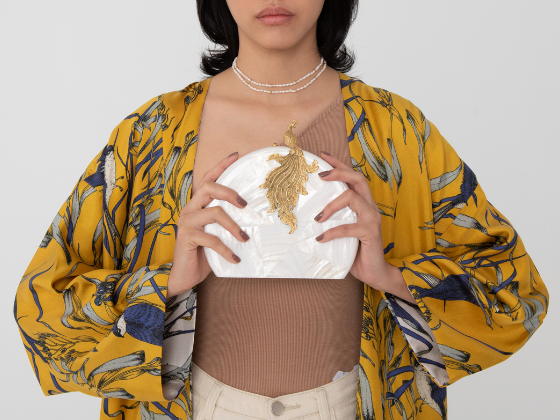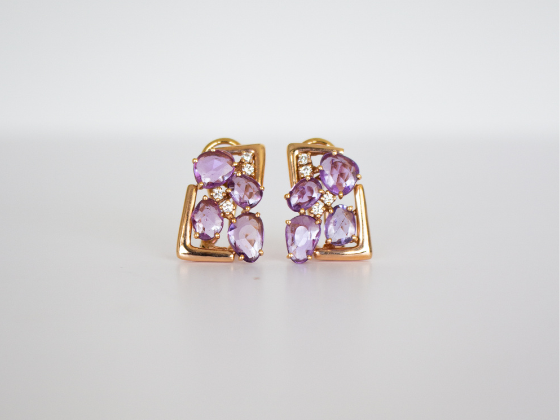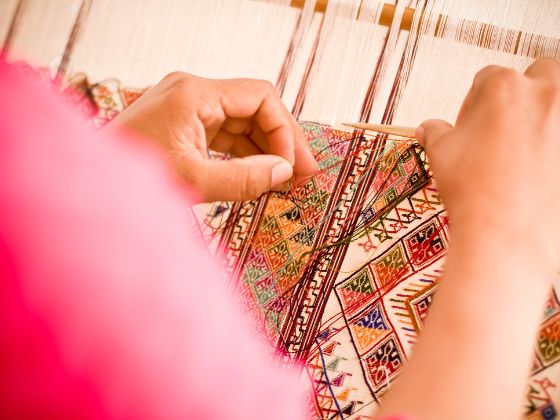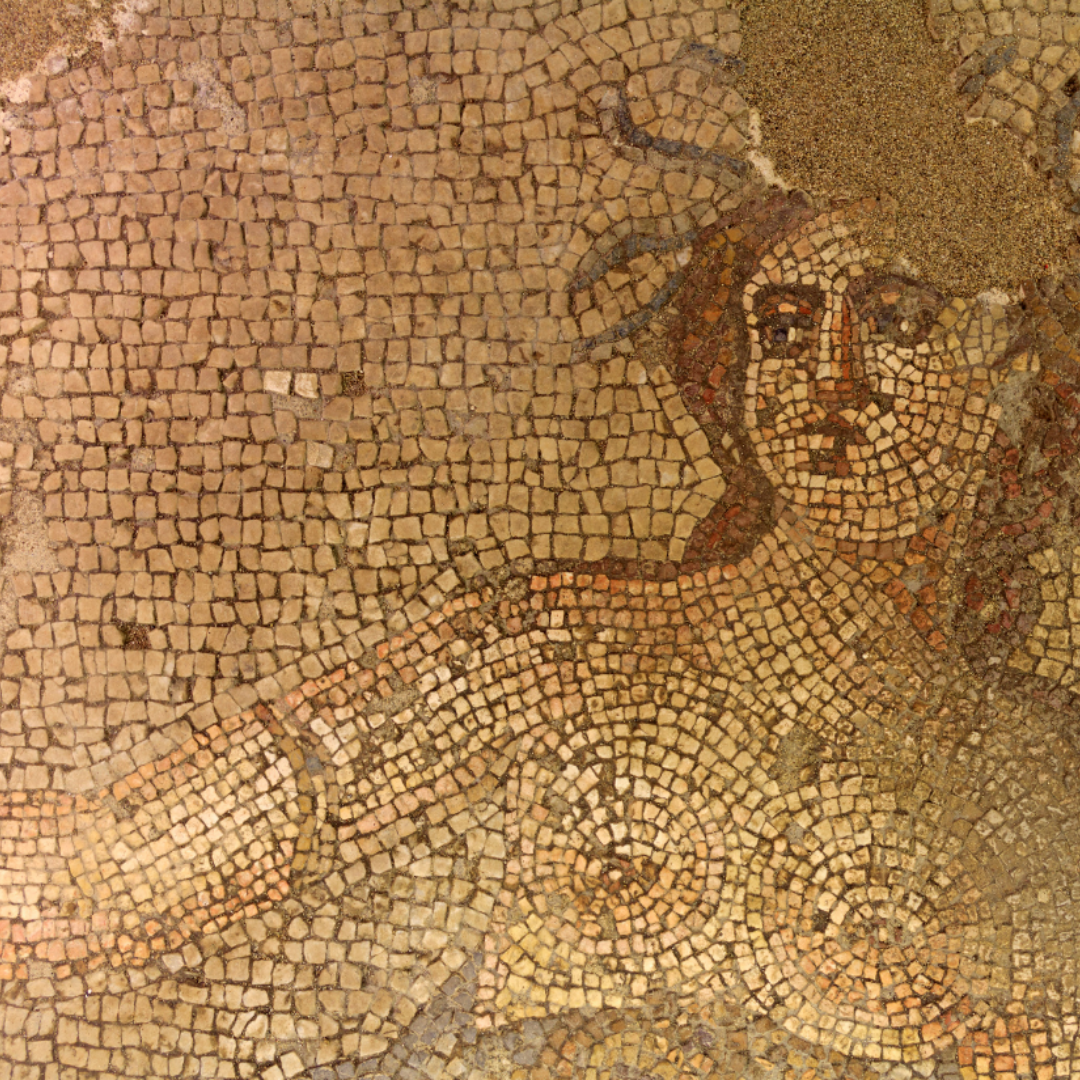By Rahemma Azwar on August 29th, 2021
“Signs & symbols rule the world, not words nor laws.” - Confucius
Lush and full of rich culture, Malaysia is brimming with some of the world's most interesting sights and sounds. We’d like to celebrate Malaysia’s upcoming 64th Independence Day, or Hari Merdeka, by featuring some of our favourite national symbols. These symbols are synonymous with Dia’s home country, the land we hold near and dear to our hearts.
Hibiscus Flower

Officially named the country’s national flower in 1960, the bunga raya (“great flower” in Malay) and its striking red petals and yellow stamens are easily recognizable to any Malaysian. The red petals are supposed to represent the courage, life, and rapid growth of Malaysia after gaining independence from the British, and the five petals represent the five Rukun Negara (“National Principles”) of Malaysia.
Often seen on the notes and coins of Malaysian currency, as well as in Malaysian passports, these flowers are a sight to behold in real life. In addition to being very beautiful, hibiscus flowers are also thought to have health benefits. Research suggests hibiscus can lower blood pressure and cholesterol levels. It’s no wonder they were, and still are, used in traditional Chinese medicine.
Tigers

As the largest living cat species, it’s no wonder that many view the tiger as a symbol of bravery and strength. In Malaysia, the Malayan Tiger has official status as the national animal, and two tigers are featured on the national coat of arms, as well as those for a number of other states. Even organizations such as the Royal Malaysian Police, the national car manufacturer Proton, and the country’s biggest bank, Maybank, all use the big cat in their branding.
Tigers not only have a place in our present, but also in the cultural history of our people. Colloquially, tigers are sometimes referred to as Pak Belang, or “Uncle Stripes.” The nickname dates back to the old folktale of Sang Kancil, or the deer. In the story, Pak Belang was deceived by the cunning mouse-deer, who managed to outwit the tiger. (The Sang Kancil is similar to another folk figure, the Brer Rabbit.)
Unfortunately, we may not see the Malayan Tiger for long, as the species is slowly disappearing due to poachers, who use their teeth, skin, and bones. Visiting WWF is one way to see how you can help make a difference.
Keris

Not merely just a weapon, the Keris (an asymmetrical blade) is an extremely important object in Malaysian culture and history, especially when discussing royalty and lines of succession. The King (Agong) of Malaysia is required to raise and kiss the Keris dagger when accepting his appointment as the leader of the country. It is both symbolic and functional as a weapon, having been used since 875 CE.
What makes the Keris so special is the shape and structure of the blade. The curves on the blade (which are always in odd numbers) is supposed to increase the severity of wounds inflicted on a victim. Basically, it creates a much deadlier weapon.
It is also unique to the region, being found only in the Malay Archipelago (this includes Indonesia, Southern Thailand and Philippines, and some regions of Cambodia). All these countries share the same idea that the Keris is both a weapon and a spiritual object, with some attracting either good or bad luck. Legends revolving around the supernatural qualities of the Keris are still remembered in traditional folk tales today.
ABOUT THE AUTHOR
Rahemma is Dia’s intern and a Journalism student at the University of New South Wales in Sydney. She has her own jewelry business, runs a blog analyzing the fashion industry, and started a sex education NGO to support Malaysian youth. Her interests include creating art, sociopolitical theory, literature, and rollerskating on the weekends.











